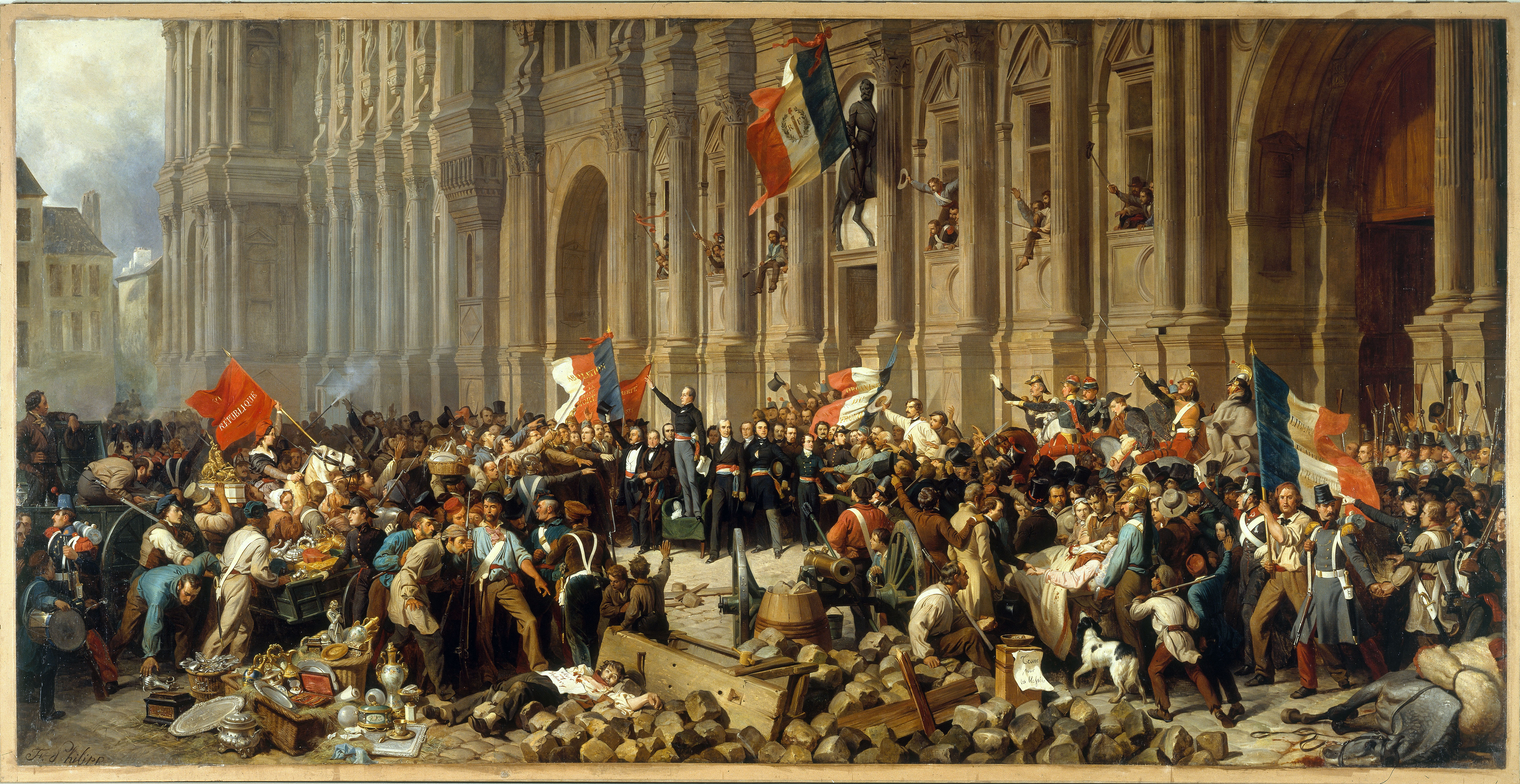The February Revolution of 1848, also known as the February Uprising, was a series of events that occurred in various European countries, marking a significant moment in the broader context of the Revolutions of 1848. This revolutionary wave, often referred to as the "Springtime of Nations" or the "Year of Revolution," involved a surge of popular uprisings and demands for political and social reforms across Europe.
The February Revolution had its causes and impacts, and here are some key aspects:
Causes:
-
Political Repression and Absolutism:
- Many European countries were ruled by absolute monarchies or autocratic regimes, leading to widespread political repression and limited civil liberties. People were increasingly discontented with the lack of political representation and individual freedoms.
-
Economic Hardships:
- Economic difficulties, including food shortages, unemployment, and poverty, were prevalent across Europe. These economic challenges fueled social discontent and created a receptive environment for revolutionary ideas.
-
Nationalism:
- Nationalistic fervor and a desire for self-determination were strong motivating factors. Many ethnic and national groups sought to break away from larger empires and establish independent states based on shared language, culture, and history.
-
Liberal Ideals:
- The influence of liberal ideals, inspired by the Enlightenment, played a crucial role. Calls for constitutional government, individual rights, and representative democracy gained traction among various social groups.
-
Communication and Transportation Advances:
- Advances in communication and transportation, such as the spread of newspapers and railways, facilitated the rapid dissemination of ideas and coordination of revolutionary activities across different regions.
-
Inspiration from Other Movements:
- The success of previous revolutionary movements, such as the July Revolution in France in 1830 and the Belgian Revolution in the same year, served as inspiration for those seeking change.
Impact:
-
Overthrow of Monarchies:
- The February Revolution led to the overthrow of several monarchies and the establishment of constitutional or parliamentary systems in some European states. Notably, in France, the July Monarchy was toppled, leading to the establishment of the Second Republic.
-
Constitutional Reforms:
- Many countries implemented constitutional reforms in response to popular demands. These reforms aimed to grant citizens more political rights, limit the power of monarchs, and establish representative institutions.
-
Nationalistic Movements:
- Nationalistic aspirations gained momentum, and various national and ethnic groups sought independence or autonomy from larger empires. For example, the Habsburg Empire experienced significant unrest as nationalities like the Hungarians, Czechs, and Italians demanded greater autonomy.
-
Suppression and Counterrevolution:
- While some revolutionary goals were achieved, many uprisings faced suppression by conservative forces. The old order sought to reestablish control, leading to a wave of counterrevolutionary actions in the aftermath of the initial upheavals.
-
Legacy of Ideas:
- The revolutionary events of 1848 left a lasting legacy of ideas related to liberalism, nationalism, and democracy. Even though some of the immediate goals were not fully realized, the revolutions planted the seeds for future movements advocating for political and social change.
While the February Revolution of 1848 did not result in long-term systemic transformations in all regions, its impact was felt across Europe, contributing to the evolution of political thought and shaping subsequent movements for political reform and national independence.
Thank you.

